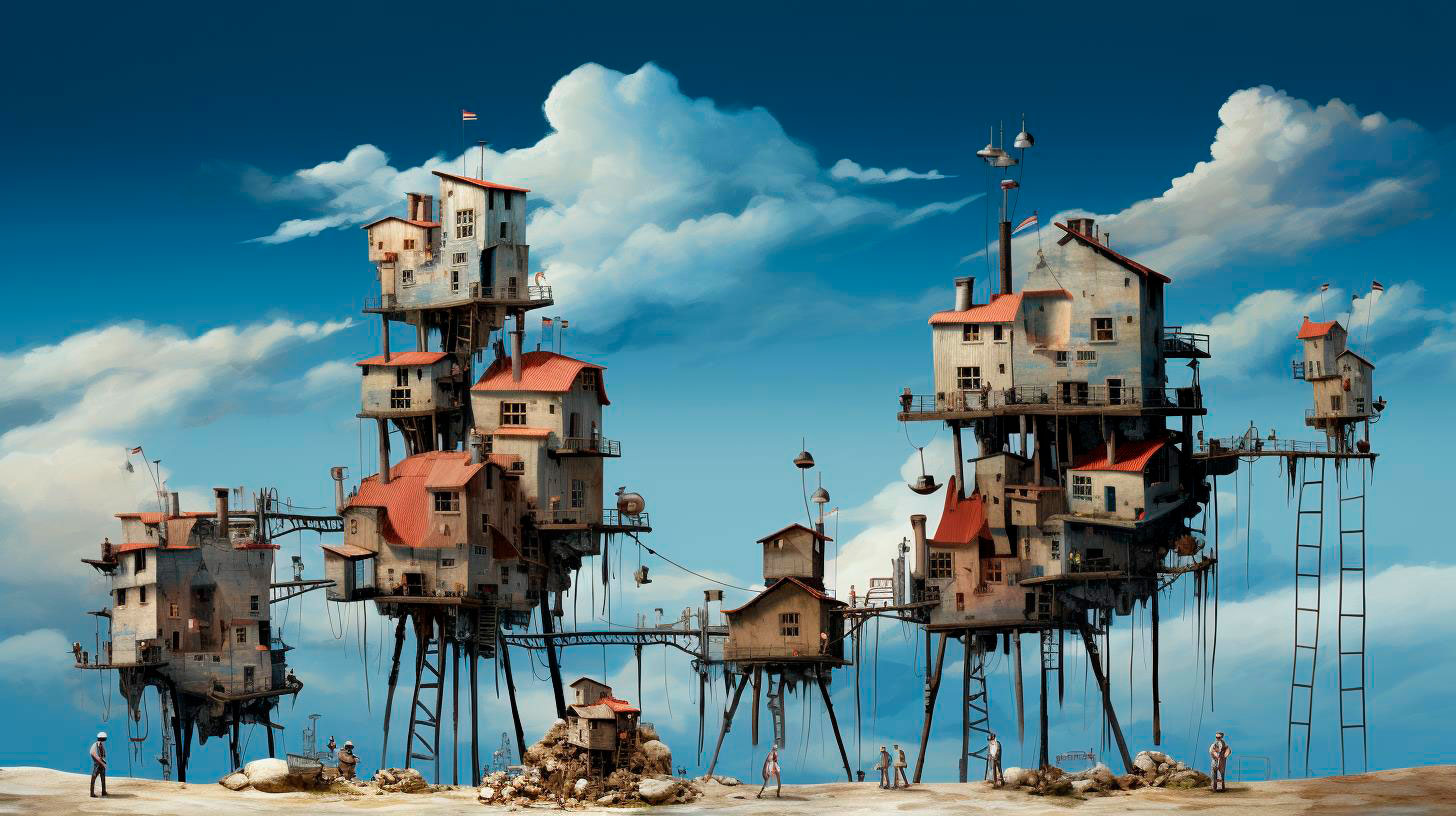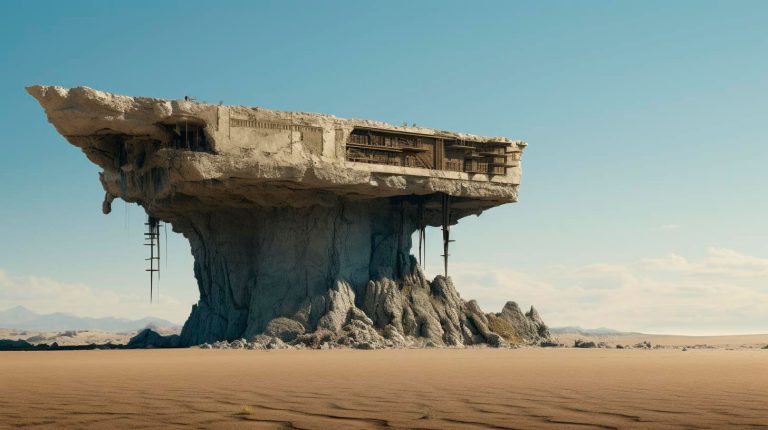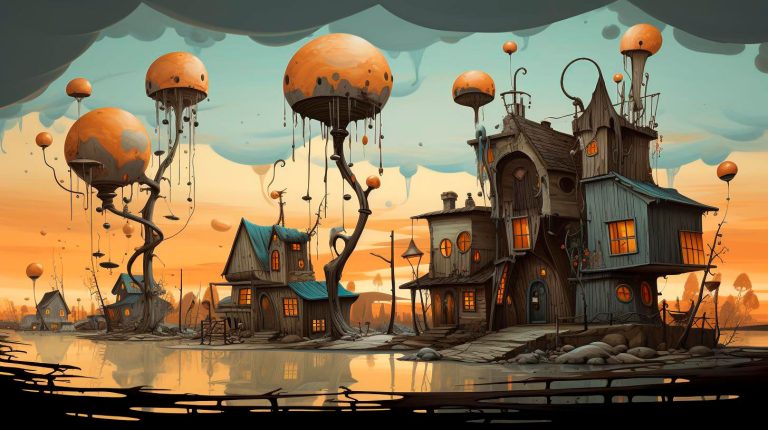However, as with any form of photography, ethical considerations are essential to ensure that we respect and preserve nature’s biodiversity. In this article, we explore some ethical considerations in macro photography and the importance of respecting nature’s biodiversity.
Capturing the Beauty of Nature Responsibly
A key ethical consideration in macro photography is to capture the beauty of nature responsibly. This involves being mindful of the impact our actions can have on the environment and the subjects we photograph. Here are some essential points to keep in mind:
- Do not harm or disturb the subjects: It is crucial to respect the subjects we photograph and avoid causing any harm or distress to them. Avoid touching or manipulating the subjects, as this can disrupt their natural behavior and habitats.
- Do not collect or remove specimens: While it may be tempting to collect interesting specimens during macro photography outings, it is important to remember that we should leave nature as we found it. Removing specimens can disrupt ecosystems and harm the balance of biodiversity.
- Be aware of sensitive areas: Some areas may be particularly sensitive to human presence. Research the locations you plan to visit and respect any guidelines or restrictions in place to protect fragile ecosystems.
- Use natural lighting and non-intrusive techniques: When photographing macro subjects, strive to use natural lighting whenever possible. This helps to avoid the use of artificial lighting that may disturb or stress the subjects. Additionally, explore non-intrusive techniques such as remote triggering or long lenses to maintain a respectful distance.
Conservation through Macro Photography
Macro photographers have a unique opportunity to contribute to conservation efforts through their work. By capturing and sharing images of often overlooked species and habitats, macro photographers can raise awareness and promote the importance of biodiversity conservation. Here are some ways macro photography can play a role in conservation:
- Education and advocacy: Macro photographs can be used as powerful educational tools to inform and engage the public about specific species, their importance in ecosystems, and the threats they face. By creating compelling visuals, macro photographers can inspire others to appreciate and protect nature.
- Contribution to scientific research: Macro photographs can also be valuable resources for scientific researchers studying various species. These photographs can help document and identify species, observe behavior patterns, and contribute to ongoing research and conservation efforts.
- Raising funds for conservation organizations: Macro photographers can support conservation organizations by donating a portion of their profits to relevant causes. By aligning their photography with efforts to protect biodiversity, photographers can actively contribute to conservation initiatives.
Fostering Ethical Macro Photography Communities
Another important aspect of ethical macro photography is fostering a community that shares the same values and commitment to respecting nature’s biodiversity. By joining or starting online or local communities, photographers can exchange knowledge, tips, and best practices to ensure ethical practices are followed. Here are some key benefits of being part of a macro photography community:
- Learning from experienced photographers: Being part of a community allows aspiring macro photographers to learn from more experienced individuals who can guide them in maintaining ethical practices and improving their skills.
- Sharing knowledge and information: Communities provide a platform for photographers to share their insights, locations, and resources, helping others to discover new subjects without causing harm to nature.
- Collaborative conservation initiatives: Macro photography communities can collaborate on conservation initiatives, such as organizing exhibitions, workshops, or fundraising events to raise awareness and support for biodiversity conservation.
Key Takeaways:
- Responsible macro photography involves respecting and protecting the subjects and their habitats.
- Avoid touching or disturbing subjects, and refrain from collecting specimens.
- Use natural lighting and non-intrusive techniques to minimize disturbances.
- Macro photographers can contribute to conservation efforts through education, research, and fundraising.
- Being part of a macro photography community promotes ethical practices and collaborative initiatives.
In Conclusion:
Ethical considerations in macro photography are essential to ensure that nature’s biodiversity is preserved and respected. By capturing the beauty of nature responsibly, contributing to conservation efforts, and fostering ethical communities, macro photographers can play an important role in raising awareness and protecting our delicate ecosystems. Let us embrace the fascinating world of macro photography while being mindful of the impact our actions can have on the subjects and the environment they inhabit.






















+ There are no comments
Add yours